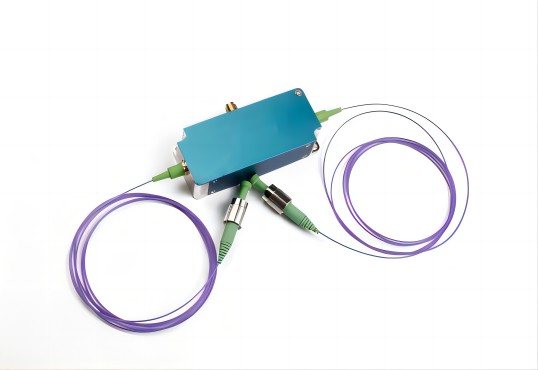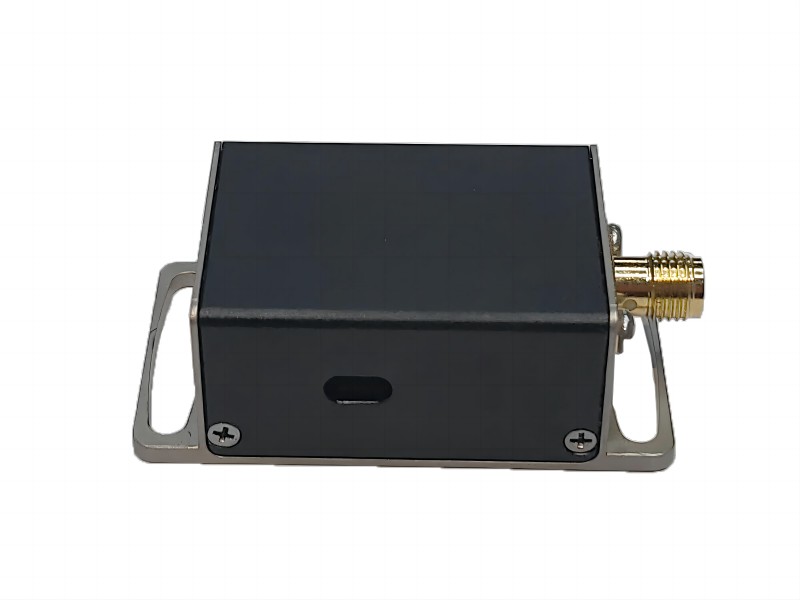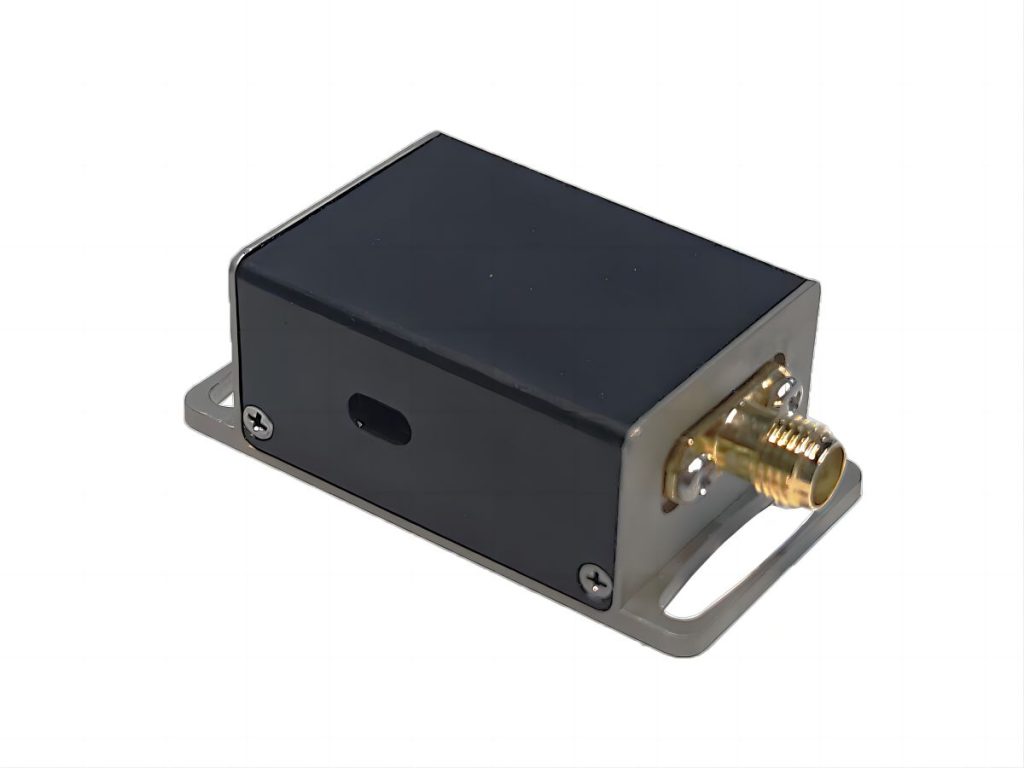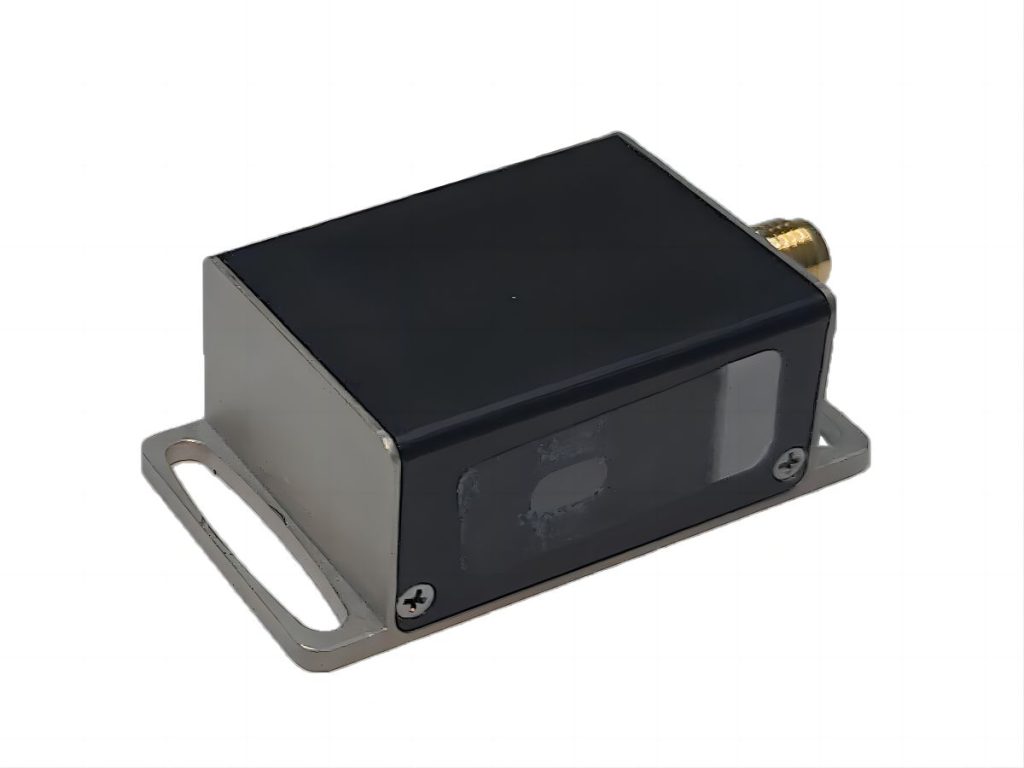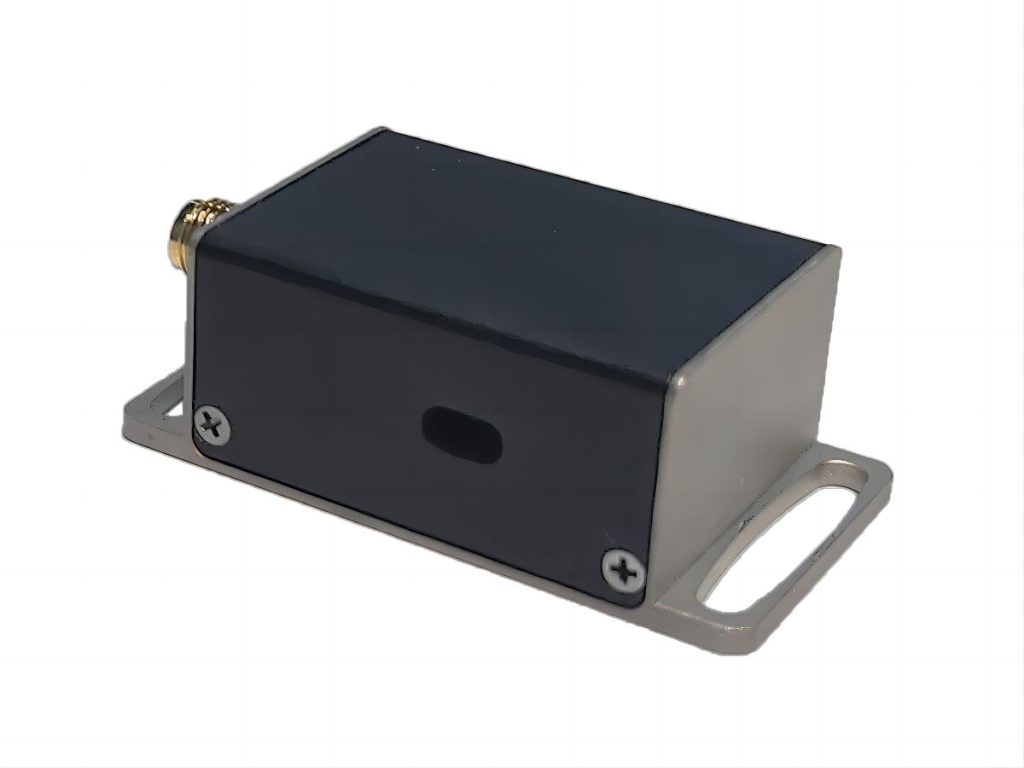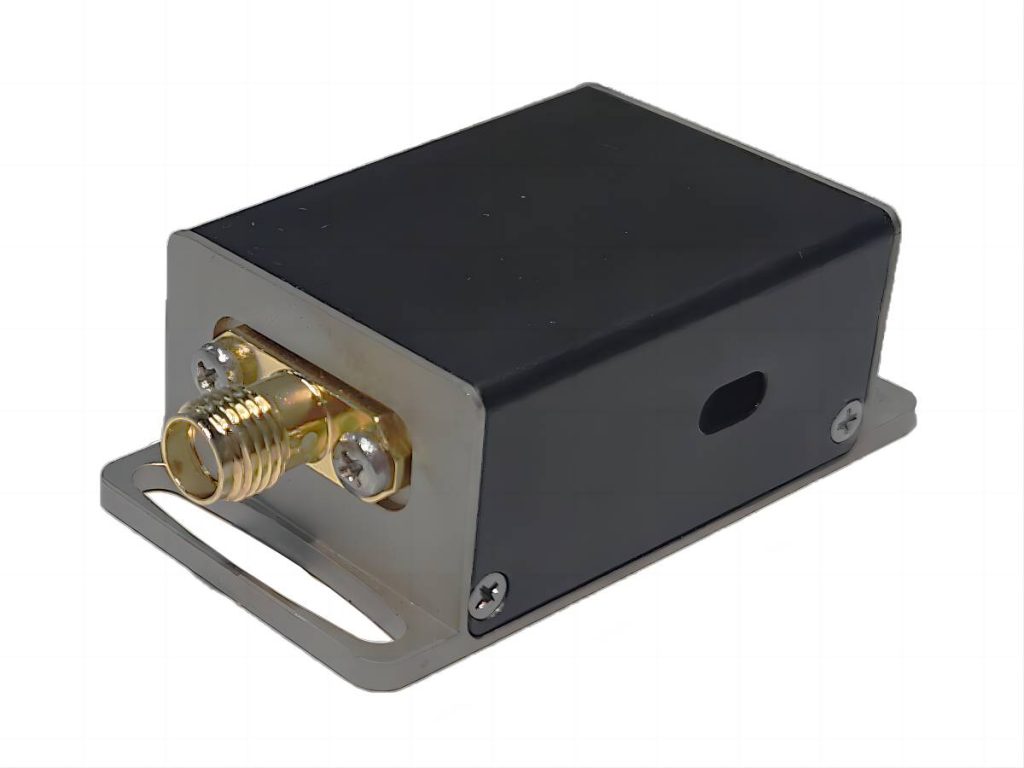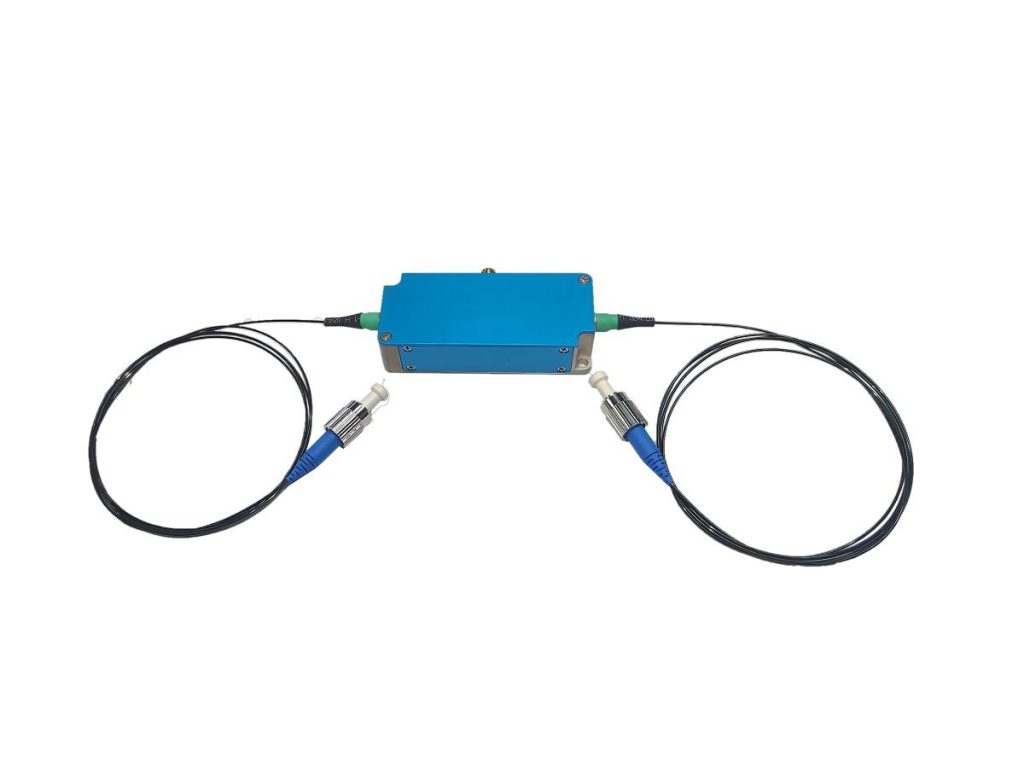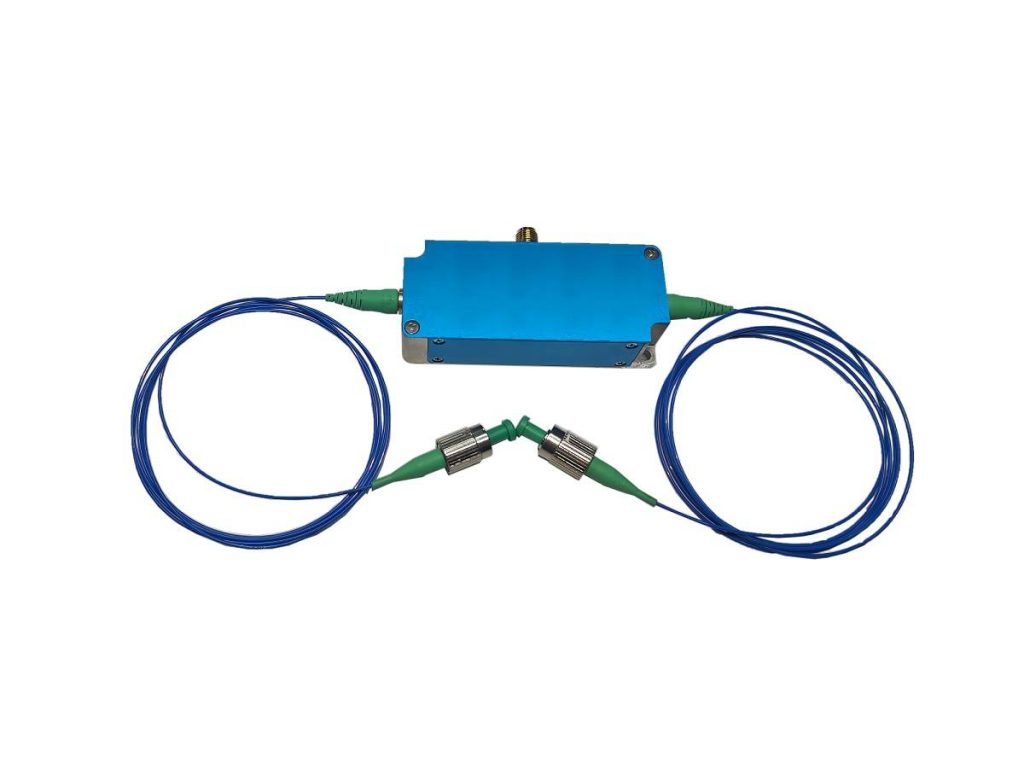Unlocking DWDM SFP Modulation Technologies
Dense Wavelength-Division Multiplexing (DWDM) Small Form-Factor Pluggable (SFP) transceivers are workhorses in modern optical communication networks. They play a crucial role in transmitting high-speed data over long distances using fiber optic cables. At the heart of these transceivers lies a critical technology called modulation. This article delves into the core functionalities of DWDM SFP transceivers and explores the various modulation techniques employed within them.
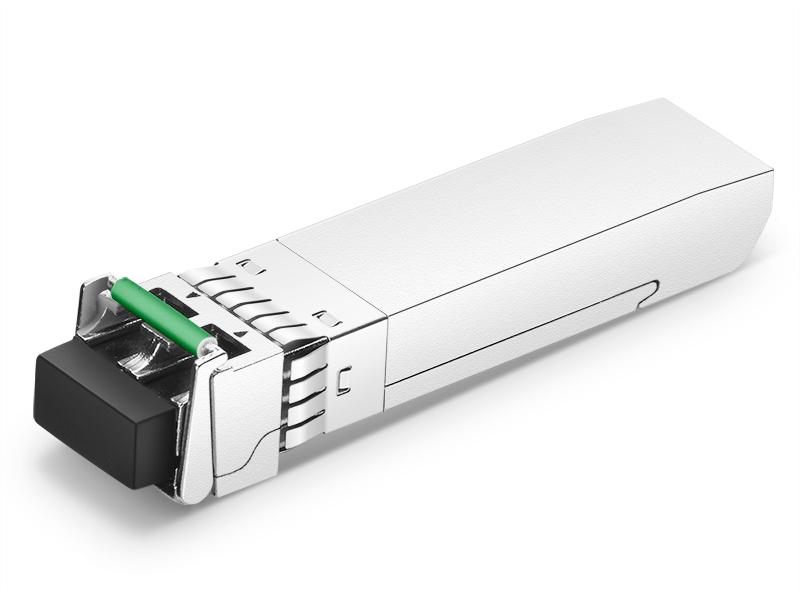
What are DWDM SFP Transceivers?
DWDM SFP transceivers are compact, hot-swappable modules that enable the transmission of multiple data streams over a single strand of fiber optic cable. They achieve this feat by utilizing the principle of DWDM, a technology that combines multiple optical signals onto a single fiber using different wavelengths of light. Each data stream is carried by a specific wavelength, allowing for efficient bandwidth utilization and high data transmission capacity.
The SFP form factor refers to the physical packaging of the transceiver. This standardized design allows for easy installation and removal from network equipment, promoting flexibility and scalability. DWDM SFP transceivers typically support data rates ranging from 100 Mbps to 10 Gbps, catering to various network applications.
Core Technologies for DWDM SFP Transceivers
Several modulation techniques can be employed within DWDM SFP transceivers, each with its own advantages and limitations. Let’s explore three key technologies:
A. Laser Transceivers
At the heart of a DWDM SFP transceiver lies a laser transmitter. This component generates a continuous stream of light at a specific wavelength, acting as the carrier for the data signal. Different types of lasers can be used in DWDM SFPs, with Distributed Feedback (DFB) lasers being a popular choice. DFB lasers offer high spectral purity, meaning they emit light at a very narrow range of wavelengths, minimizing interference with other signals on the same fiber.
B. Modulation Techniques for DWDM SFPs
Once the laser generates the light carrier, a modulator takes over the task of shaping it according to the data signal. Here’s a closer look at three commonly used modulation techniques in DWDM SFP transceivers:
1. Acoustic-Optical Modulators (AOMs)
Acoustic optical modulators utilize sound waves to modulate the intensity of the light wave. The modulator consists of a piezoelectric crystal that vibrates when an electrical signal (the data) is applied. These vibrations create sound waves that travel through an acoustic medium within the modulator, causing a periodic change in the refractive index of the medium. As the light wave passes through this medium, its intensity is modulated according to the variations in the refractive index, thus carrying the data signal.
Advantages of AOMs:
- High modulation bandwidth: AOMs can achieve very high modulation speeds, making them suitable for high-bandwidth DWDM applications.
- Wide operating wavelength range: AOMs can operate across a broad spectrum of wavelengths, offering flexibility in DWDM system design.
Limitations of AOMs:
- Increased complexity: Compared to other modulators, AOMs have a more complex design, which can impact cost and size.
- Power consumption: AOMs require relatively high driving power, which can be a concern for low-power applications.
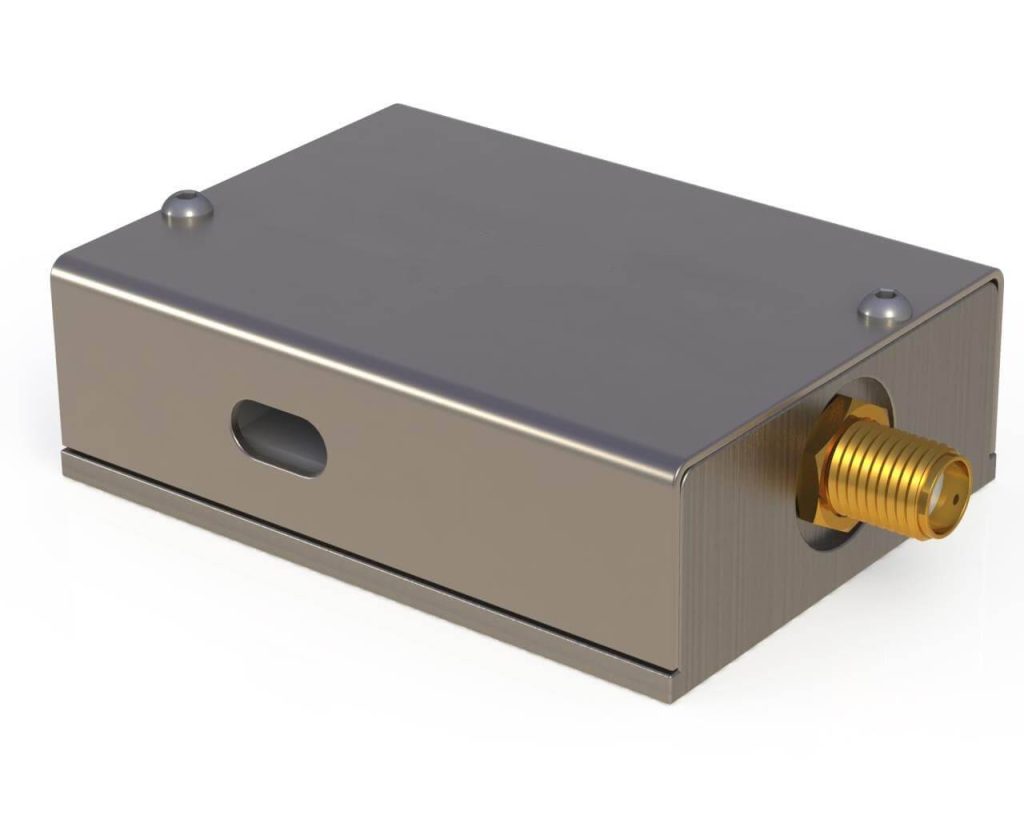
2. Polarization Modulators
Polarization modulators manipulate the polarization state of the light wave to encode the data signal. Light waves have a property called polarization, which refers to the orientation of the electric field within the wave. Polarization modulators can change the polarization state of the light wave (e.g., from linear to elliptical) based on the data signal. These changes in polarization are then detected at the receiving end to recover the original data.
How polarization modulators work
There are various types of polarization modulators, but a common approach utilizes a crystal whose refractive index changes under an applied electric field. This change in refractive index alters the phase experienced by the two orthogonal polarization modes of the light wave, effectively modulating the polarization state.
Applications of polarization modulators in DWDM SFPs
Polarization modulators are often used in conjunction with other modulators, such as Mach-Zehnder interferometers (MZIs), to achieve efficient modulation in DWDM SFPs. They offer a good balance of performance and complexity.
3. Silicon Optical Modulators
Silicon photonics is an emerging technology that has the potential to revolutionize DWDM SFP transceivers. Silicon optical modulators (SiMs) are compact, low-cost devices fabricated using the same mature CMOS processes employed in semiconductor chip manufacturing. These modulators utilize various physical mechanisms (such as the electro-optic effect) to modulate the light wave directly on a silicon chip.
Advantages of silicon optical modulators
- Low cost: Mass production using standard silicon fabrication processes can significantly reduce the cost of modulators.
- Integration potential: SiMs can be easily integrated with other silicon photonic components, leading to highly compact and functional DWDM SFP transceivers.
Challenges of silicon optical modulators
- Material limitations: Silicon itself has a weak interaction with light, requiring additional design considerations and materials to achieve efficient modulation.
- Maturity of technology: SiMs are a relatively new technology compared to established modulators like AOMs. Research and development are ongoing to improve their performance and overcome these limitations.
Choosing the Right Modulator for Your DWDM SFP Needs
The selection of the most suitable modulator for a DWDM SFP application depends on several crucial factors:
- Speed: The modulation speed determines the maximum data rate that the DWDM SFP can handle. AOMs generally offer the highest modulation bandwidth, followed by polarization modulators and then SiMs (at the current stage of development).
- Modulation Depth: Modulation depth refers to the extent of the variation in the modulated property (intensity or polarization) of the light signal. This parameter impacts the signal-to-noise ratio (SNR) of the transmitted signal, with higher depth leading to better SNR.
- Cost: Traditionally, AOMs have been the most expensive option, followed by polarization modulators. SiMs have the potential to be the most cost-effective solution due to their compatibility with silicon fabrication processes.
- Power Consumption: AOMs typically require the highest driving power, while SiMs are expected to have lower power consumption due to their integration with CMOS electronics.
- Form Factor: The size and weight of the modulator can be a consideration, especially for applications with space constraints. AOMs tend to be larger than polarization modulators, while SiMs offer the potential for miniaturization.
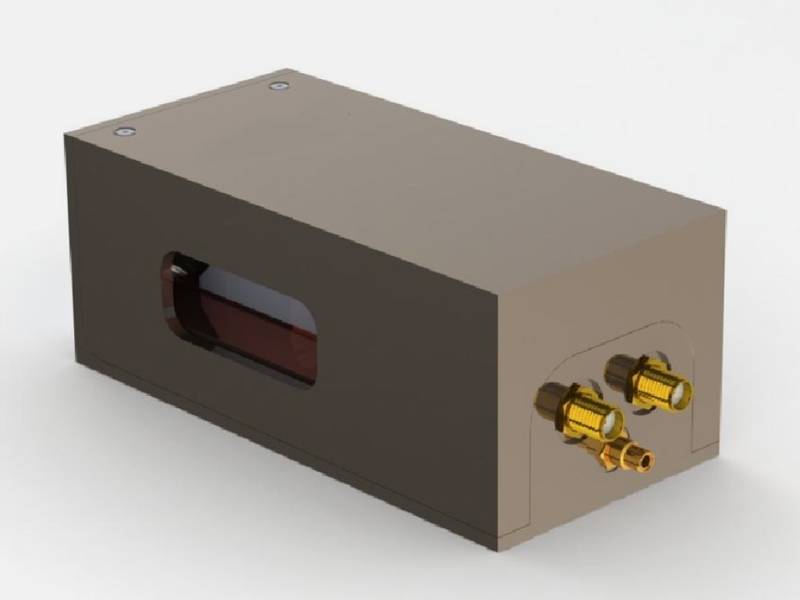
Choosing the right modulator involves carefully balancing these factors based on the specific requirements of the DWDM SFP application. For high-bandwidth, long-distance applications, AOMs might be preferred despite their higher cost and power consumption. For cost-sensitive applications with moderate bandwidth demands, SiMs are a promising option as the technology matures. Polarization modulators often offer a good compromise between performance, cost, and complexity, making them a popular choice for many DWDM SFP deployments.
Conclusion
Modulators play a critical role in DWDM SFP transceivers by shaping the light carrier to encode information. Understanding the different modulation techniques and their associated advantages and limitations is essential for selecting the most suitable modulator for a specific application. AOMs, polarization modulators, and SiMs each offer unique capabilities, and the choice depends on factors like speed, modulation depth, cost, power consumption, and form factor. As technology continues to evolve, SiMs hold immense potential to revolutionize DWDM SFPs by offering compact, cost-effective, and high-performance solutions.
If you are seeking an AOM for your DWDM SFP needs, SMART SCI&TECH is a reliable photonics device supplier that provides fiber AOMs, space Aoms, and AOM drivers. Please feel free to contact us if you are in need.

